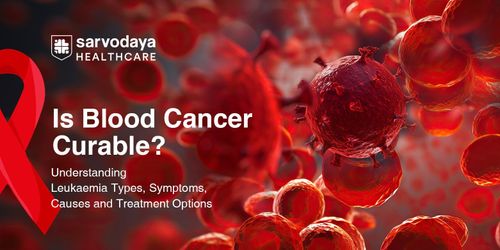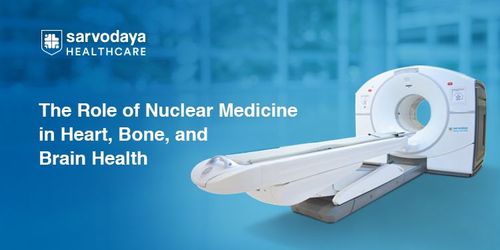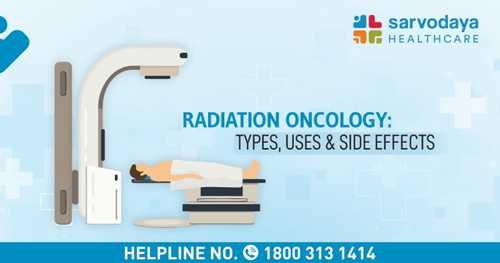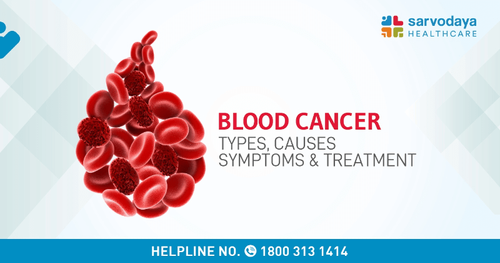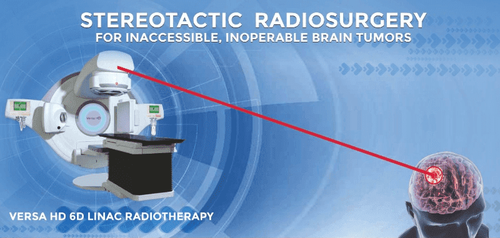The prostate gland located just in front of the rectum, produces the seminal fluid that nourishes and transports sperms in men. Prostate cancer grows very slowly and in the early stages, it stays confined within the prostate gland, which does not cause any serious harm. However, an aggressively growing cancer spreads quickly and requires immediate prostate cancer treatment. Prostate cancer treatment shows a better chance of success if performed in the initial stages.
Prostate Cancer Symptoms
Prostate cancer does not show any particular symptoms in the early stage, which is why regular check-ups and screenings are important, so that you can identify and treat the cancer at an early stage. In the advance stages, it may show the following symptoms:
- Trouble while urinating such as pain, burning, or weak urine flow
- Blood in urine or semen
- Decreased force in the stream while urinating
- Discomfort or dull pain in the pelvic area
- Erectile dysfunction or painful ejaculation
- Pain in bones, lower back, hips or lower portion of the body
- Loss of appetite and weight loss
Diagnosing Prostate Cancer
Diagnosing prostate cancer starts with a DRE (Digital Rectal Exam) or PSA (Prostate-Specific Antigen) test. If any abnormalities are found in these tests, then the cancer specialist may recommend further tests to confirm prostate cancer. These tests may include:
- Ultrasound: This is done when the DRE or PSA test shows abnormalities. A Transrectal Ultrasound is performed to further evaluate your prostate. Under this test, a small probe is inserted into the rectum to get a picture of the prostate gland. It uses sound waves to create a picture of the prostate gland.
- Prostate Biopsy: Biopsy is performed after collecting a prostate tissue sample. The biopsy is done after initial tests indicate prostate cancer. To perform this procedure, the doctor collects a sample of prostate cells from the gland. To carry the biopsy, a thin needle is inserted into the prostate and tissues are collected. The collected tissue samples are analyzed to determine the presence of cancer cells.
- MRI Fusion: MRI Fusion is used to assist prostate biopsy and prostate cancer diagnosis.
Prostate Cancer Treatment
If a patient is diagnosed with low-risk prostate cancer then the specialist may not start the treatment right away, rather recommend active surveillance.
- Active Surveillance: This process involves regular follow-up blood tests, rectal examinations and biopsies which helps to monitor the cancer progression. If cancer progression is observed only then a cancer specialist recommends further prostate cancer treatment. Active surveillance is done for patients at very initial stages of prostate cancer, when there are not too many symptoms. However, there is a risk associated with this process, in which the cancer may develop and spread further, making it difficult for successful prostate cancer treatment.
- Radiation therapy: Under this therapy, high power radiation waves are used to kill the cancer cells. The radiation therapy may be performed in two ways, one by using external beam radiation and another is Brachytherapy.
- External beam radiation: This therapy is done by directing high power external beams such as X-rays or proton rays towards the prostate gland. These beams are used to kill the cancer cells growing in the prostate gland. For this prostate cancer treatment, the patient needs to visit the hospital five days a week and the treatment may run for several weeks.
- Brachytherapy: Brachytherapy is where the radiation substances are placed inside the body to kill the cancer cells. Under this therapy, small rice-sized radioactive seeds are inserted into the prostate tissue. These radioactive seeds deliver a very low dose of radiation and sustain for a long period of time. The implantation of radioactive seeds inside the prostate is done using a needle and with the help of ultrasound images. These seeds eventually stop emitting radiation by themselves and do not require to be removed from the body.
Surgery or Radical Prostatectomy: Surgery is recommended in the more advanced stages of cancer. The prostate gland is removed under the surgery procedure along with few surrounding tissues and lymph nodes. The surgery can be done in various ways. The cancer surgeon may perform minimally invasive open surgery or robot-assisted surgery. The surgeon may also carry out a retropubic surgery, where the prostate gland is removed by cutting an incision in the lower abdomen. The oncologist is the best person to decide which type of surgery is best suited for patients according to their specific situation such as patient’s age, health condition and body type. Radical prostatectomy carries few risks such as urinary incontinence and erectile dysfunction.
If you are experiencing any symptoms related to prostate cancer or have been diagnosed with this condition, connect with us to get the best treatment from our globally renowned oncologists.
Our Expert available also here:
- Oncologist in Faridabad
- Best Oncologist in Greater Noida
- Best Oncologist in Noida
- Cancer Specialist in Delhi NCR

















